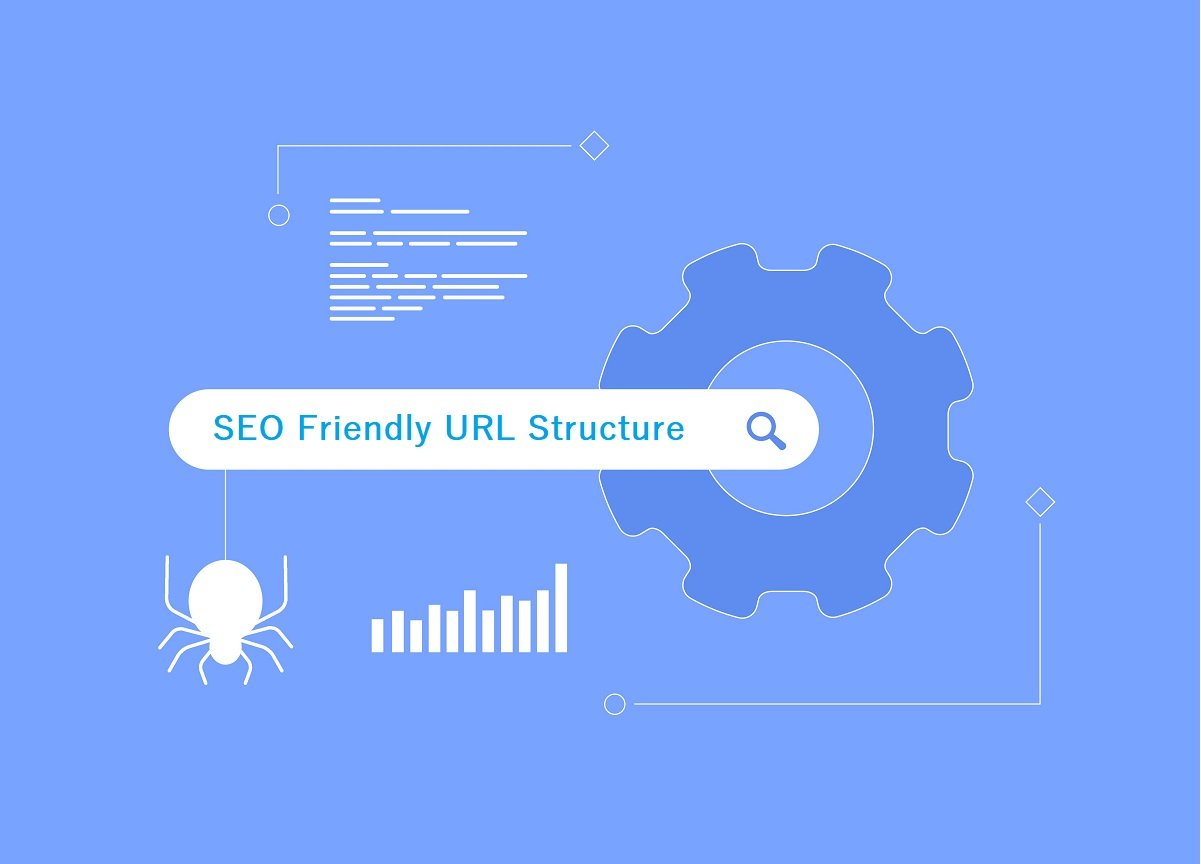Boosting User Engagement for SEO Success

When it comes to achieving SEO success, user engagement plays a crucial role in determining your website’s ranking on search engine result pages (SERPs). By focusing on boosting user engagement, you can improve your website’s visibility and attract more organic traffic. This article delves into effective strategies to enhance user engagement, providing actionable tips and insights that can help you optimize your website for better SEO performance. From creating compelling content to improving website usability, we explore various techniques that can elevate user engagement and drive greater success in your SEO endeavors.
Understanding User Engagement Metrics For SEO Success
When it comes to SEO success, understanding user engagement metrics is crucial. By analyzing these metrics, you can gain valuable insights into how users interact with your website and optimize it accordingly. Here are some key user engagement metrics to consider:
Bounce Rate
The bounce rate represents the percentage of users who leave your website after viewing only one page. A high bounce rate might indicate that your content or website design needs improvement, as users are not finding what they are looking for.
Time on Page
The average time users spend on a page is an important engagement metric. If users spend a significant amount of time on a page, it suggests that the content is engaging and relevant. On the other hand, a low average time on page may indicate that users are not finding the information they need or that the content is not compelling enough.
Pages per Session
The pages per session metric measures the average number of pages users visit during a single session on your website. Higher pages per session indicate that users are exploring your website and finding value in the content. This metric can help you identify popular pages or areas of your website that need improvement.
Conversion Rate
The conversion rate is a crucial metric for measuring the success of specific actions you want users to take on your website, such as making a purchase, signing up for a newsletter, or filling out a form. By tracking the conversion rate, you can assess the effectiveness of your calls-to-action and optimize them to improve user engagement and achieve your goals.
By understanding these user engagement metrics and regularly monitoring them, you can make data-driven decisions to improve your website’s performance, enhance user experience, and boost your SEO success.

Strategies to Increase User Engagement
When it comes to optimizing your website for search engines, user engagement plays a crucial role. Search engines like Google consider user engagement metrics as an important factor in determining the relevancy and quality of a website. Here are some effective strategies to increase user engagement on your website:
1. Improve Page Load Speed
One of the key factors that can significantly impact user engagement is page load speed. Slow-loading websites not only frustrate users but also discourage them from exploring further. To improve page load speed, consider optimizing image sizes, minimizing HTTP requests, and utilizing browser caching.
A well-structured and intuitive website navigation can greatly improve user engagement. Ensure that your website’s navigation menu is easy to find, properly organized, and includes relevant categories. Additionally, consider implementing breadcrumb navigation to provide users with clear paths to navigate back to previous pages.
3. Create Compelling and Relevant Content
Engaging and valuable content is key to keeping users on your website for longer periods. Focus on creating high-quality content that is relevant to your target audience. Incorporate visual elements such as images, videos, and infographics to make your content more appealing and easier to consume.
4. Encourage User Interaction
Providing opportunities for user interaction can significantly boost engagement. Incorporate features like comments sections, social sharing buttons, and user-generated content to encourage users to actively participate and share their thoughts. This not only increases engagement but also helps in building a community around your website.
5. Optimize for Mobile Devices
In today’s mobile-dominated world, optimizing your website for mobile devices is crucial. Ensure that your website is responsive and mobile-friendly, as this can greatly enhance user experience and engagement. Test your website across different devices and screen sizes to ensure consistent performance.
6. Utilize Calls-to-Action (CTAs)
Effective use of clear and compelling calls-to-action (CTAs) can guide users towards desired actions and increase engagement. Place CTAs strategically throughout your website, whether it’s encouraging users to sign up for a newsletter, explore related content, or make a purchase. Use attention-grabbing colors and persuasive language to make your CTAs stand out.
By implementing these strategies, you can significantly boost user engagement on your website, leading to improved SEO success. Remember to regularly analyze user engagement metrics and make adjustments accordingly to optimize your website’s performance.
Optimizing Website Design for User Engagement
When it comes to user engagement, website design plays a crucial role. Optimizing your website’s design can significantly impact how users interact with your content and ultimately improve your SEO success. Here are some key tips to optimize your website design for better user engagement:
1. Responsive Design
Make sure your website is mobile-friendly and responsive to different screen sizes. With the increasing use of smartphones and tablets, a responsive design ensures that users can access your website easily from any device, enhancing their overall experience.
Ensure your website has clear and intuitive navigation. Users should be able to easily find the information they are looking for without getting lost. A well-structured navigation menu and logical hierarchy of pages can help users navigate through your website effortlessly.
3. Fast Loading Speed
Optimize your website’s loading speed to prevent users from getting frustrated and leaving. Slow-loading websites not only negatively impact user experience but also affect your search engine rankings. Compress images, minify CSS and JavaScript, and leverage browser caching techniques to improve your website’s loading time.
4. Engaging Visuals
Utilize high-quality images, videos, and graphics to make your website visually appealing and engaging. Visual content can captivate users’ attention, encourage them to stay longer on your website, and increase their likelihood of sharing your content with others.
5. Readable and Scannable Content
Break your content into smaller paragraphs, use subheadings, bullet points, and bold text to make it more readable and scannable. Users tend to skim through content, so make it easy for them to grasp the main points and find what they are looking for quickly.
6. Call-to-Action Buttons
Incorporate clear and compelling call-to-action buttons throughout your website. Whether it’s signing up for a newsletter, making a purchase, or requesting more information, strategically placed call-to-action buttons can guide users towards desired actions, improving user engagement and conversions.
By optimizing your website design for user engagement, you can create a seamless and enjoyable experience for your visitors. This, in turn, will increase their time on your site, decrease bounce rates, and ultimately contribute to your SEO success.
One of the key strategies to boost user engagement and improve SEO success is by creating compelling and shareable content. When your content is interesting, informative, and valuable to users, they are more likely to engage with it and share it with others.
To create compelling content, it is important to understand your target audience and their needs. Conduct thorough research to identify the topics, trends, and questions that resonate with your audience. This will help you tailor your content to their interests and provide them with the information they are looking for.
Another aspect to consider when creating compelling content is to make it visually appealing. Incorporate high-quality images, videos, infographics, and other visual elements that enhance the overall user experience. Visual content is more likely to capture users’ attention and encourage them to engage with your content.
In addition to being compelling, your content should also be shareable. Make it easy for users to share your content by incorporating social sharing buttons on your website or blog. This allows users to easily share your content on their social media profiles, increasing its reach and visibility.
Furthermore, encourage user engagement by including a call-to-action within your content. Ask users to leave comments, share their opinions, or participate in discussions. This not only increases user engagement but also helps in building a community around your content.
Remember that creating compelling and shareable content is an ongoing process. Regularly analyze your content performance, gather feedback from users, and make improvements accordingly. By consistently delivering high-quality content that resonates with your audience, you can boost user engagement and achieve SEO success.

Leveraging Social Media for User Engagement
Social media has become an integral part of our daily lives, and leveraging its power can greatly enhance user engagement. By strategically using social media platforms, you can increase brand awareness, drive traffic to your website, and encourage users to interact with your content.
Creating Engaging Social Media Posts
When it comes to user engagement, the content you share on social media plays a crucial role. Craft compelling and shareable posts that resonate with your target audience. Use eye-catching images, videos, and informative captions to grab their attention.
Encouraging User Interaction
Don’t just broadcast your message on social media; actively engage with your audience. Respond to comments, ask questions, and encourage users to share their thoughts and experiences. This two-way communication fosters a sense of community and keeps users coming back for more.
Running Contests and Giveaways
Contests and giveaways are an excellent way to boost user engagement on social media. Create enticing offers that require users to like, share, or comment on your posts to participate. This not only increases engagement but also helps expand your reach as users share your content with their networks.
Collaborating with Influencers
Influencer marketing has gained significant traction in recent years. Partnering with influencers who align with your brand values can help you reach a wider audience and drive user engagement. Influencers can create sponsored content, host giveaways, or simply endorse your products or services, all of which can significantly impact user engagement.
Tracking and Analyzing Social Media Metrics
Monitoring and analyzing social media metrics is essential to understand the effectiveness of your user engagement strategies. Keep an eye on key metrics such as likes, shares, comments, and click-through rates. Use this data to optimize your social media campaigns and tailor your content to better resonate with your audience.
Conclusion
Overall, it is clear that user engagement plays a crucial role in achieving SEO success. By focusing on enhancing website usability, providing valuable and relevant content, and optimizing for mobile devices, businesses can boost user engagement and improve their search engine rankings. It is important to continually monitor and analyze user behavior, gather feedback, and make necessary adjustments to optimize the user experience. By prioritizing user engagement, businesses can not only drive more organic traffic to their websites but also build a loyal customer base and improve overall business performance.





